Water-loving Gymnopus (Gymnopus aquosus)
- Division: Basidiomycota (Basidiomycetes)
- Subdivision: Agaricomycotina (Agaricomycetes)
- Class: Agaricomycetes (Agaricomycetes)
- Subclass: Agaricomycetidae (Agaricomycetes)
- Order: Agaricales (Agaric or Lamellar)
- Family: Omphalotaceae (Omphalotaceae)
- Genus: Gymnopus (Gimnopus)
- Type: Gymnopus aquosus (Gymnopus water-loving)
:
- Collybia aquosa
- Collybia dryophila var. aquosa
- Marasmius dryophilus var. watery
- Collybia dryophila var. oedipus
- Marasmius dryophilus var. oedipus
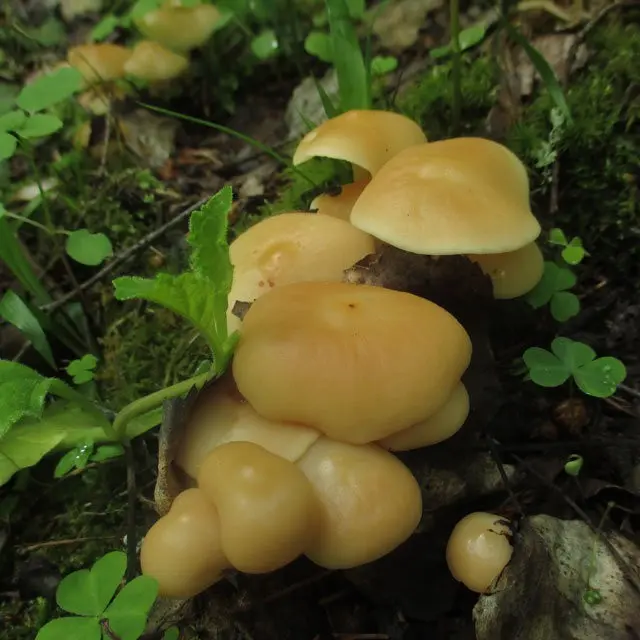
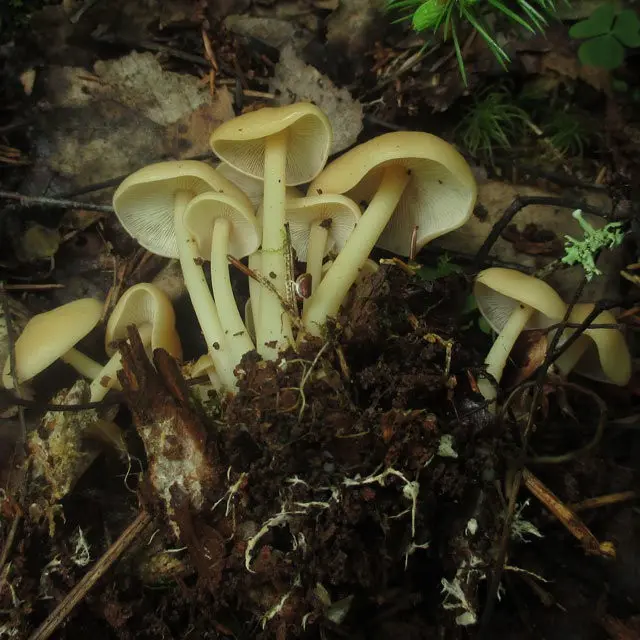
head 2-4 (up to 6) cm in diameter, convex in youth, then procumbent with a lowered edge, then, flat procumbent. The edges of the cap in youth are even, then often wavy.
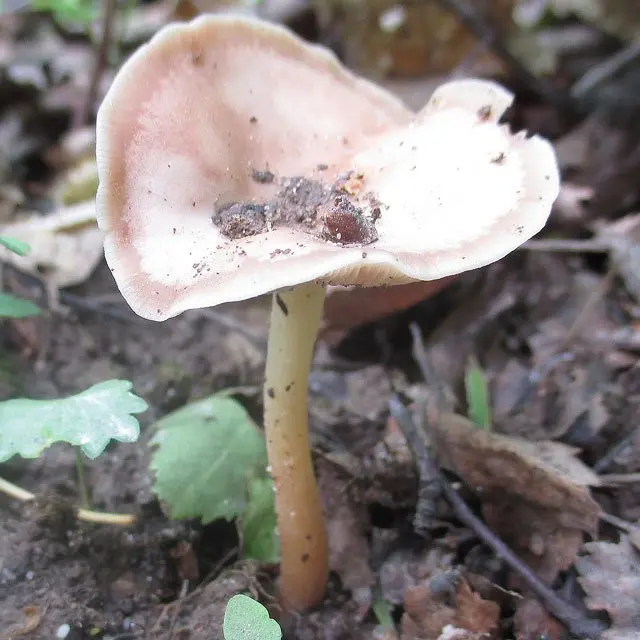
The hat is slightly translucent, hygrofan. The color is transparent ocher, light brown, tan, ocher, creamy orange, color variations are very large, from completely light to quite dark. The surface of the cap is smooth. There is no cover.
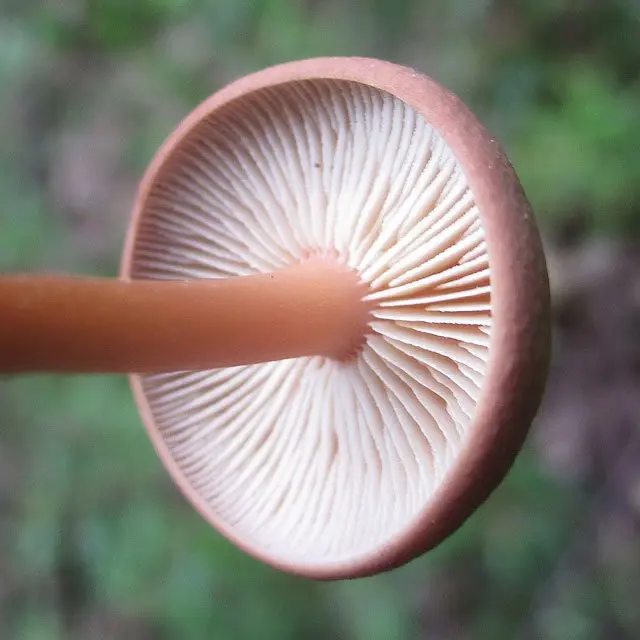
Pulp whitish, thin, elastic. The smell and taste are not pronounced, but some sources report a sweetish taste.
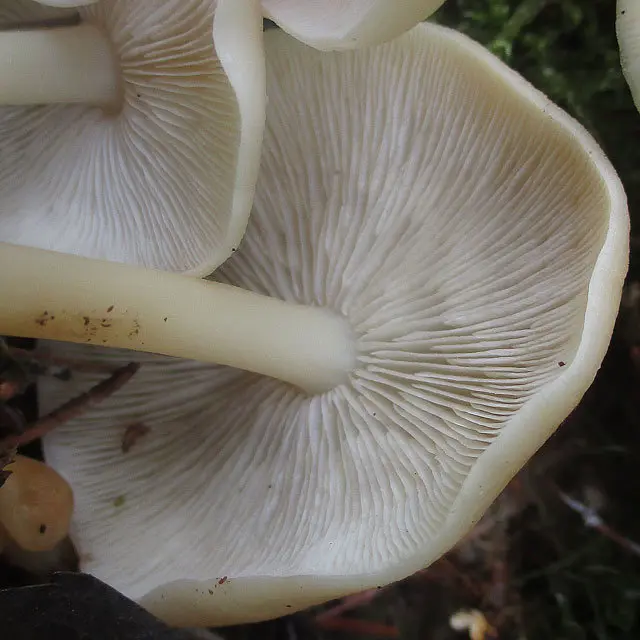
Records frequent, free, at a young age are weakly and deeply adherent. The color of the plates is white, yellowish, light cream. After maturation, the spores are cream. There are shortened plates that do not reach the stem, in large numbers.
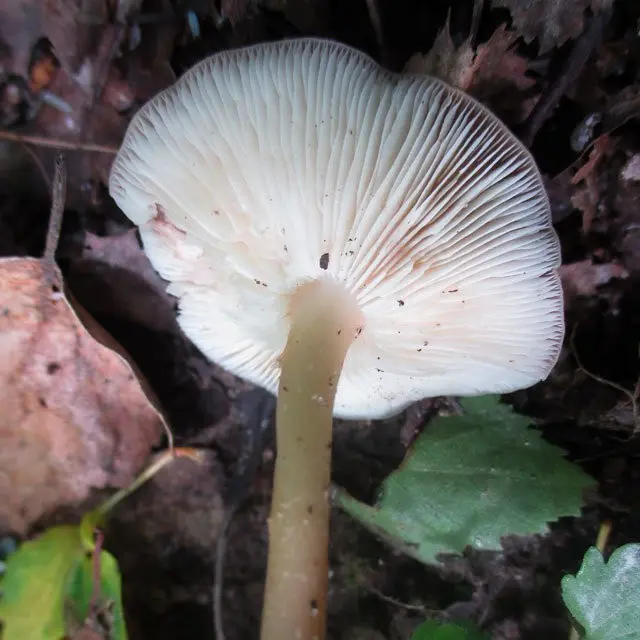
spore powder light cream. Spores are elongated, smooth, drop-shaped, 4.5-7 x 2.5-3-5 µm, not amyloid.
Leg 3-5 (up to 8) cm high, 2-4 mm in diameter, cylindrical, colors and shades of the cap, often darker. From below, it usually has a bulbous extension, on which mycelial hyphae are distinguishable in the form of a white fluffy coating, and to which rhizomorphs of pinkish or ocher (shade of the stem) color approach.
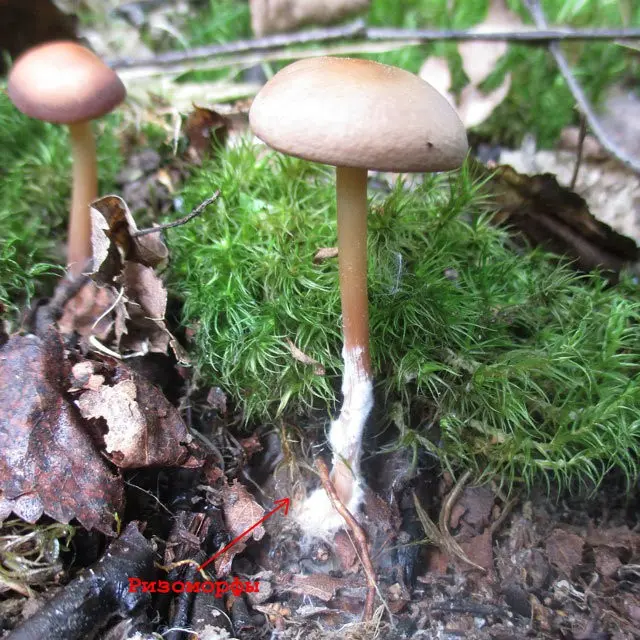

It lives from mid-May until the end of autumn in broad-leaved, coniferous and mixed forests with these types of trees, in damp, usually mossy places, where stagnant water often forms, or groundwater comes close. Grows in a variety of places – on the litter; among the mosses; among the grass; on soil rich in woody residues; on the wood residues themselves; on mossy pieces of bark; etc. This is one of the earliest collibia, it appears first after the spring hymnopus, and before its main rivals – forest-loving and yellow-lamellar hymnopus.
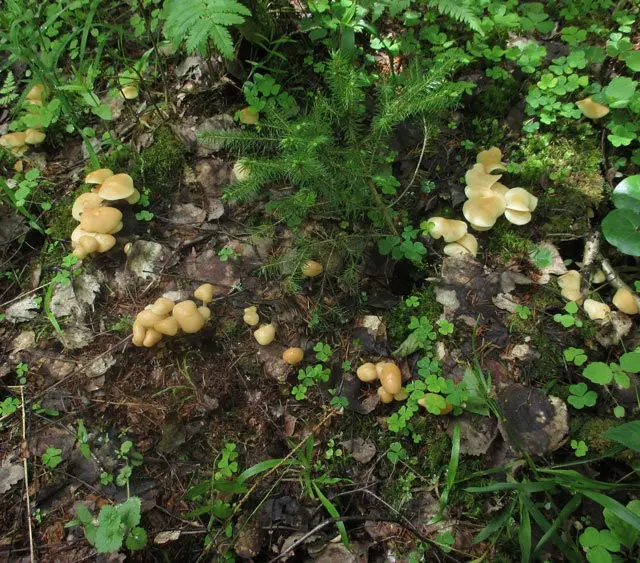
Wood-loving Collibia (Gymnopus dryophilus),
Collybia yellow-lamellar (Gymnopus ocior) – The mushroom is very similar to these types of gymnopus, often almost indistinguishable. The main distinguishing feature is the bulbous expansion at the bottom of the leg – if it is present, then this is certainly a water-loving hymnopus. If it is weakly expressed, you can try to dig out the base of the leg, and find characteristic rhizomorphs ( root-like cord-like weaves of mycelium hyphae) pinkish-ocher in color – they are often unevenly colored, there are both white areas and ocher ones. Well, do not forget about the habitat – damp, swampy places, groundwater outlets and approaches, lowlands, etc.
An edible mushroom, completely similar to the forest-loving collibia.









